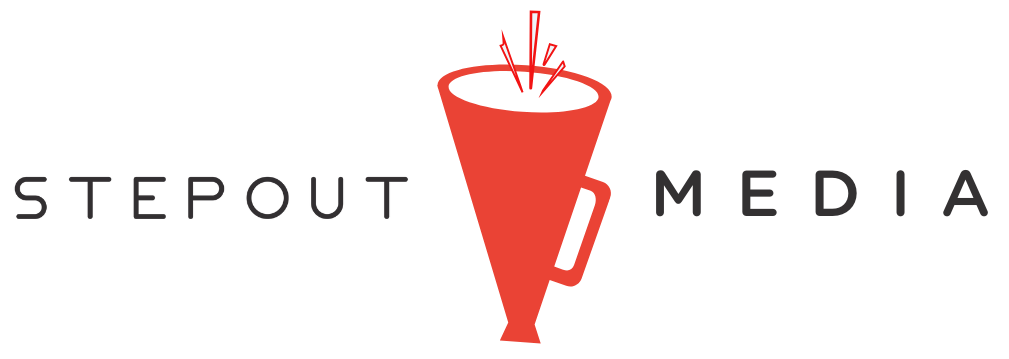This post was written by Christian Martinez, CERTIFIED FINANCIAL PLANNER™, Advisor Associate of Sandhill Investment Management
While there are many benefits for self-employed people, there is at least one substantial disadvantage: the lack of access to an employer-sponsored retirement plan.
A Solo 401(k) can fill this void for forward thinking entrepreneurs if they meet the requirements. Not only does it allow you to save more for retirement than you would with alternative options like a traditional or Roth IRA, but it allows for an income reduction offset on your taxes. This article will lay out the eligibility requirements, contribution rules, and tax treatment.
Eligibility Requirements
A Solo (sometimes called Individual) 401(k) is designed for a business owner with no employees. IRS rules state that you cannot contribute to a Solo 401(k) if you have full-time W-2 employees; however, you can use the plan to cover both you and your spouse
if he or she earns income from the business. This can be a benefit as it effectively doubles the amount of contribution that can be made to the plan.
There are no age or income restrictions for the Solo 401(k), but it must be open by December 31st if you plan to make a contribution for the current tax year.
Contribution Rules
This is where a Solo 401(k) can be a boon to maximize retirement savings. You are allowed to make two different types of contributions to your solo 401(k). One as an employee and one as a profit-sharing contribution from the business. The employee
contribution limit is the same as if you were a participant in an employer-sponsored plan, $19,500, or if you are 50 years old or more, $26,000, in 2021.
If you can contribute more than this limit, you can make a profit-sharing contribution as the employer. You are allowed to contribute up to 25% of your net self-employment income for the year. Between the employee and employer contributions, the maximum contribution allowed is $58,000 per year ($64,500 if over 50).
Tax Treatment
Just like many employer-sponsored retirement plans, you have the option for a traditional Solo 401(k) or a Roth 401(k). In a traditional Solo 401(k), your employee contributions will reduce your current income which means a decreased amount that
you will owe in taxes in the current year. When you withdraw the cash during retirement, you will pay ordinary income tax at your then-current tax rate. With the Roth option, you do not get to enjoy a current tax benefit, but the money grows tax-deferred, and when you withdraw it in retirement, you pay no taxes on it.
The choice is up to you, but to make the best decision, you need to think about your future. Generally, the Roth is a superior option if you expect tax rates to rise and can withstand not taking the income deduction in this tax year.
Whether you choose the traditional or Roth route, the employer profit-sharing contributions must be deposited into a traditional 401(k). This is because it is considered a tax-deductible expense to the business. In other words, if you contribute to a traditional Solo 401(k) as the employee and the employer, you get to “double-dip” and benefit from tax savings from both sides.
At Sandhill Investment Management, we have helped several clients open and manage Solo 401(k)s for our business-owner clients. If you think that a Solo 401(k) could be a solution for you, please schedule a time to speak with Christian Martinez of Sandhill Investment Management using the link here.
This material has been prepared for general informational purposes only and is not intended to provide — and should not be relied on for — investment, tax, legal or accounting advice for the reader. You should consult your own tax, legal and accounting advisors before engaging in any transaction. The information that has been discussed has been obtained from sources believed to be accurate; however, Sandhill Investment Management makes no guarantee as to the accuracy or completeness of the information.

This post was written by Christian Martinez, CERTIFIED FINANCIAL PLANNER™, Advisor Associate of Sandhill Investment Management, a Buffalo-based investment management firm. Since Sandhill’s inception in 2004, our passion for research has been our defining strength. By taking a thoughtful, thematic approach to the investment process, we are able to identify opportunities that offer the greatest combination of value and quality. Our deep commitment to our clients is at the forefront of everything we do. We understand that everyone’s situation is unique, and our range of investment products is carefully designed to ensure we are able to align expectations with execution.
Christian is a CERTIFIED FINANCIAL PLANNER™ and has been with Sandhill for over two years. He is passionate about creating a one-of-a-kind experience for his clients. Christian serves as a member of the Convergence Council at the Albright-Knox Art Gallery and sits on the Alumni Board of Governors at Canisius High School. He lives in the Elmwood Village with his wife, Leigh.
















